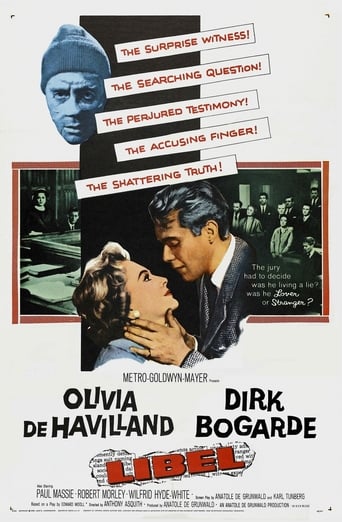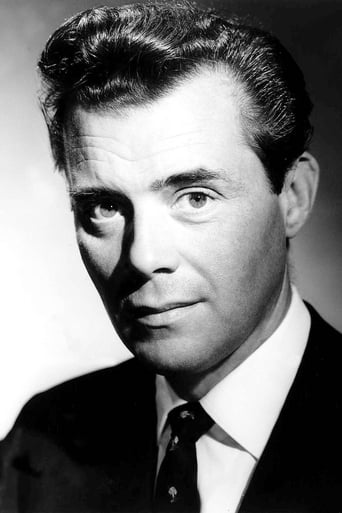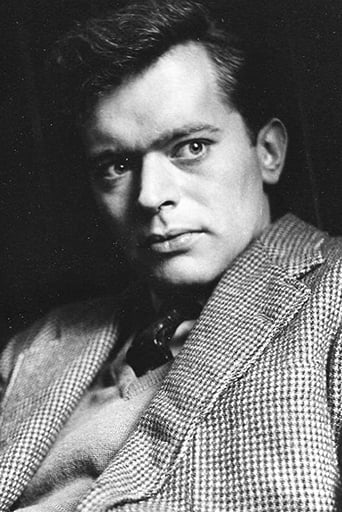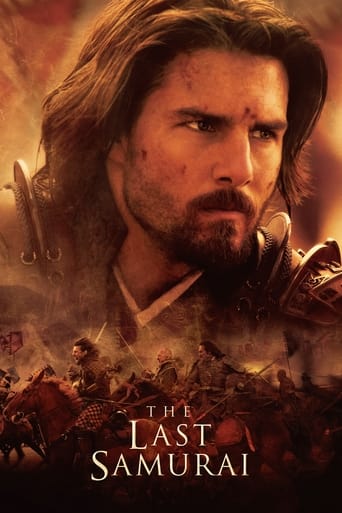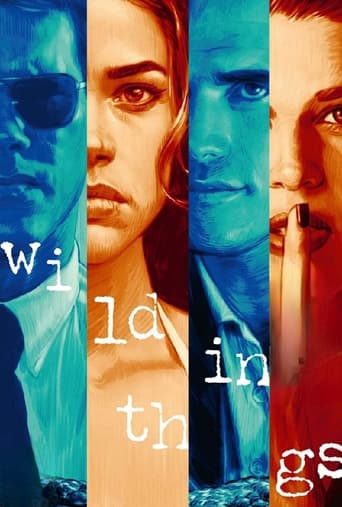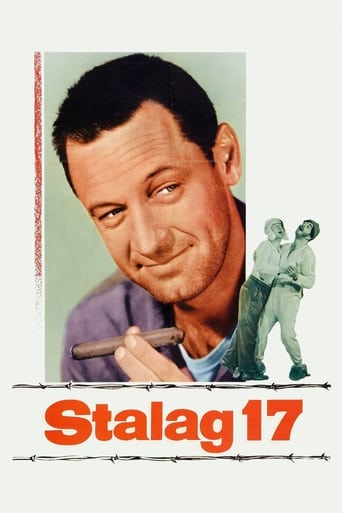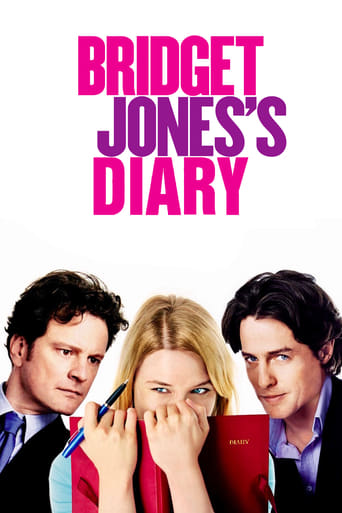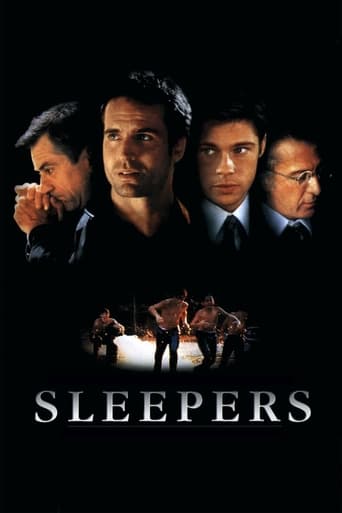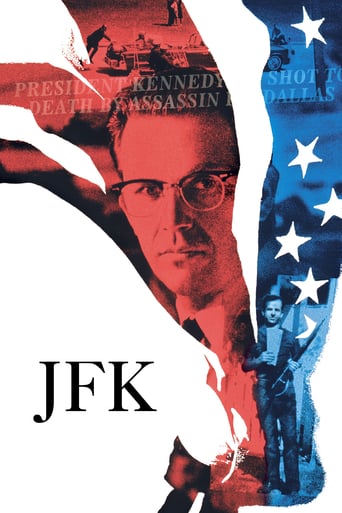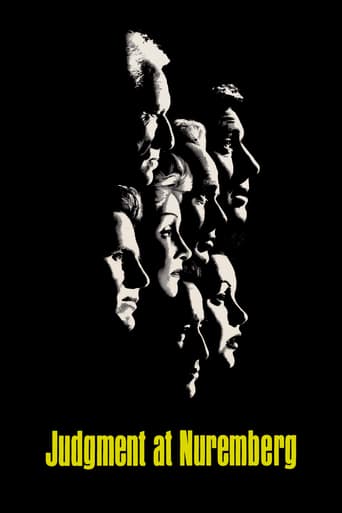Libel (1959)
A California commercial pilot sees a telecast in London of an interview with Sir Mark Lodden at his home. The Canadian is convinced that the baronet is a fraud, and he is actually a look-alike actor named Frank Welney.
Watch Trailer
Cast
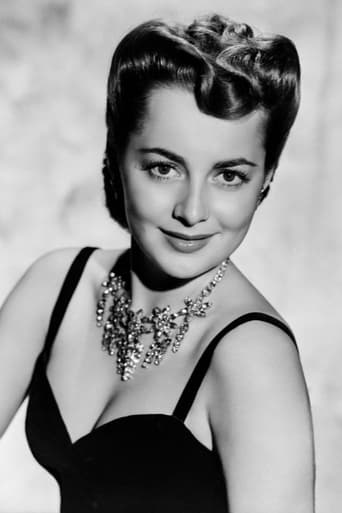


Similar titles
Reviews
Simply Perfect
This is a must-see and one of the best documentaries - and films - of this year.
A movie that not only functions as a solid scarefest but a razor-sharp satire.
The film never slows down or bores, plunging from one harrowing sequence to the next.
In Libel, Olivia de Havilland and Dirk Bogarde are paired as a married couple whose perfect yet vulnerable world is on display for all to see. The lavishly mounted production was filmed at MGM's studio in Britain.The use of close-ups by director Anthony Asquith to give us clues about the emotional states of the characters during trial testimony is very well done-- especially with de Havilland who does not have much dialogue in these scenes before she is finally put on the stand. She conveys as much with her eyes as a silent film actress would: the surprise, anguish, horror, confusion and conviction of her character. When Number 15 enters the courtroom, Asquith is using a moving camera to get the reaction shots of the key players. He keeps us close, up on the characters' faces, as they react...and that is the emotional turning point of the whole film.Dirk Bogarde performs multiple roles in Libel. The trick photography is very good, especially a scene in flashback, when he is in the hut during the war. As one of his characters walks past the other, the shadow that is cast over the face of the other Bogarde is perfectly timed and indicates the double was exactly the right height. Therefore, it did seem like there were two actors instead of one doing two characters.Of course, an astute viewer knows the medallion would be the item that saves Mark (Bogarde's good guy character) in the end. But having it come after de Havilland denounces him in court and rails against him at home carries a great deal more impact.This is a deliciously plotted thriller, even if a bit contrived in some places. Though it could easily have veered from a psychological study into horror claptrap, the fairly restrained performances of the actors keep it in check.
I unabashedly admit that Dirk Bogarde is one of my favorite actors, so naturally, two of him is better. In "Libel," directed by Anthony Asquith, he has a dual role - that of a baron, Sir Mark Sebastian Loddon, and Frank Welney, an actor and a lookalike in his barracks during World War II. When Mark returns from the war, he can't remember a lot of his past life and is haunted by images of events during the war that he can't connect with. Another soldier sees the baron on television and believes that he is really Frank Welney, and the story is published in a tabloid. Mark's wife (Olivia de Havilland) insists that for the sake of their young son, he sue for libel. He does.This is an often-told story, but I enjoyed it anyway. Bogarde is excellent as the uptight, insecure Mark and the cocky, nosy Frank, and while there is a strong resemblance between the two men, Welney's coloring and hairstyle is different, as is his manner. De Havilland turns in another marvelous, emotional performance as a woman who starts out believing her husband is indeed the man she loved before the war... and then having her doubts.Well directed and holds one's interest.
This movie employs good actors, particularly some of the great English character actors of the time. However, the premise of the plot- one person changing identities with another, ruined the movie for me. What I don't understand, and wish some other movie buff could explain, how do writers get paid for stories when they show an complete lack of basic understanding of the military. Even way back in WWII, English soldiers were fingerprinted, and most soldiers wore their dog tags religiously, particularly those who served in combat. I would imagine a baron would be particularly concerned that his remains arrive back in the family plot. These two facts of military life were never explained. The final insult to our intelligence came when a uniform of a near comatose patient is presented in the court room. Since the war ended in 1945, and the setting of the movie was contempory (1959), 14 years had elapsed. What happened to the soldier's identification tags? What efforts had been made to notify the patient's family? In real life, the question of responsibility would have generated a search to determine whether the patient was a British soldier. The two main characters were captured at the evacuation at Dunkirk, often referred as the Miracle of Dunkirk because 400,000 soldiers did excape. The number of majors captured at Dunkirk would have been relatively small, and if a hospital was stuck with a patient for long term care, it stands to reason a serious effort would be made to determine who their patient was.
Dirk Bogarde carries the main burden of this interesting courtroom drama co-starring Olivia de Havilland. Bogarde is an English barrister accused of being an imposter by a wartime buddy who has mistaken a look-alike they both knew in a POW camp as the man who has become Sir Mark Loddon. His understanding wife stands by him and encourages him to sue for libel but soon comes to have doubts of her own. Toward the climax, she turns on her husband and accuses him of "stealing" her love. Bogarde and de Havilland both have some excellent dramatic moments but it is Bogarde who rivets the attention with his fascinating dual role, achieving a distinct difference between the two men with just a slight change of hair style and a shift in attitude. Wilfred Hyde-White and Robert Morley are good in supporting roles as opposing barristers. It all moves smoothly under Anthony Asquith's crisp direction and all of the domestic scenes were filmed at the Duke of Bedford's magnificent country estate, giving production values a touch of elegance. The POW flashbacks are quite convincing--and the courtroom twist toward the end is nicely handled--if not quite convincing. Sometimes confusing--but always absorbing. MGM should release this one to video!

